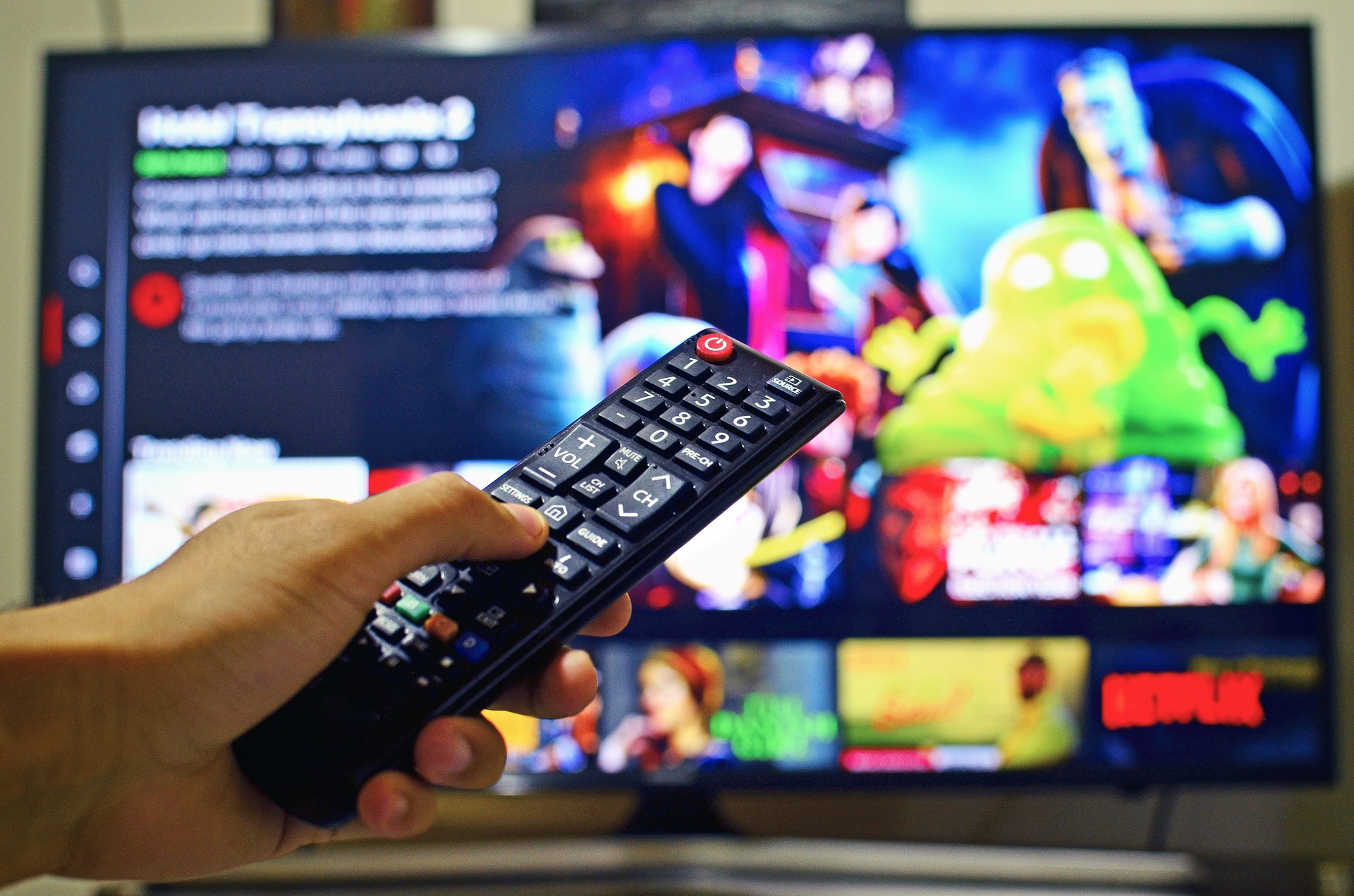
If you believe that interference is a problem-say, from a microwave oven or a cordless-phone system-consider using a dual-band router that can operate on both the 2.4-gigahertz and 5GHz frequencies. Also move it away from obstructions, such as walls or ceilings, and never place the router in a closet or cabinet. If WiFi reception in your home is spotty, try moving the router to a more central location. If you own your router and it’s an older model, consider replacing it with one that supports 802.11ac. If you rent a router from your ISP, ask for a newer model that supports 802.11ac. So, he says, “There’s no need to worry about it for a couple of years.” However, devices such as laptops and tablets can’t take advantage of those capabilities yet. “The new standard brings higher speeds, especially in situations where lots of users are online at the same time,” says Rich Fisco, who leads router testing at Consumer Reports.

For instance, this year a new WiFi standard called 802.11ax is beginning to roll out, and the first routers to comply with it will soon start appearing at retailers. WiFi technology advances steadily, with each new generation providing better capabilities. Most of us now connect several devices to our network using WiFi, so wireless gear that was fine a few years ago might no longer be up to snuff. One culprit might be an older modem or router.

If not, call your ISP to ask why your speed is slower than promised or to ask about upgrading to a faster tier of service.Īssuming the broadband speed coming into your home is satisfactory, there are other reasons you may be experiencing slow service. You want to make sure your ISP is providing the speed you’re paying for and that it’s fast enough for your needs. Space out the tests over a few days, and at varying times of day, to get an accurate measure of how consistent those speeds will be. You can check your speed using Speedtest or another website. That matters if you play online games or share a lot of photos or videos online.īoth those average speeds are high, but many of us still use ISPs that deliver slower broadband, or we just pay for a lower tier of service.Īnd if your household has a separate 4K video streaming in every room, things may slow down considerably no matter how fast a connection you have to your ISP. Upload speeds also jumped, to more than 32 Mbps, according to Ookla.

#Film need for speed streaming tv
Fast download speed is critical for watching streaming movies and TV shows at home. That’s the company behind Speedtest, a tool consumers can use to measure their home’s internet speed. jumped 35 percent last year, topping 95 Mbps, according to Ookla. The good news is that networks are getting faster.

That means many homes with multiple active streamers will need internet service that can provide at least 50 Mbps speed. (Netflix recommends a 25 Mbps speed for streaming 4K, while Amazon says you’ll need at least 15 Mbps for the highest-quality video.) As you can see from the chart above, 18 Mbps is really the minimum speed most homes will need for streaming 4K movies and TV shows from Amazon Prime Video and Netflix. Netflix and other streaming companies say your internet service needs to run at least 5 Mbps for streaming high-definition shows and movies, but that’s sufficient for only one user at a time. Broadband networks of just a few years ago would have sputtered and stalled if faced with today’s consumers and their appetite for streaming services.


 0 kommentar(er)
0 kommentar(er)
